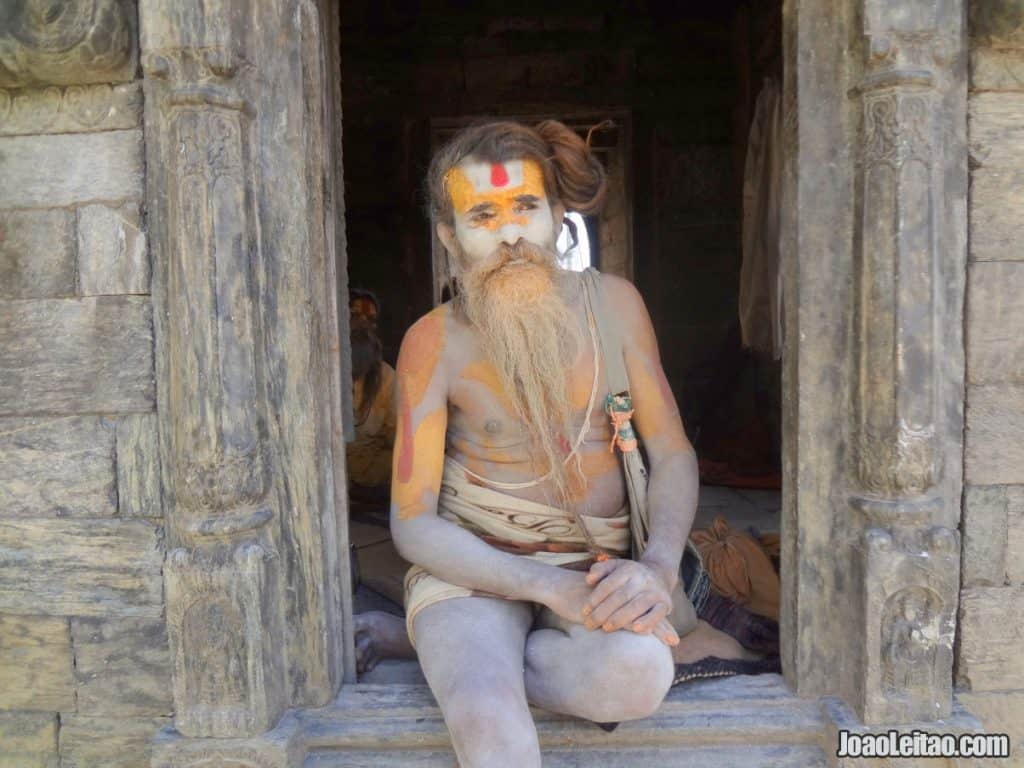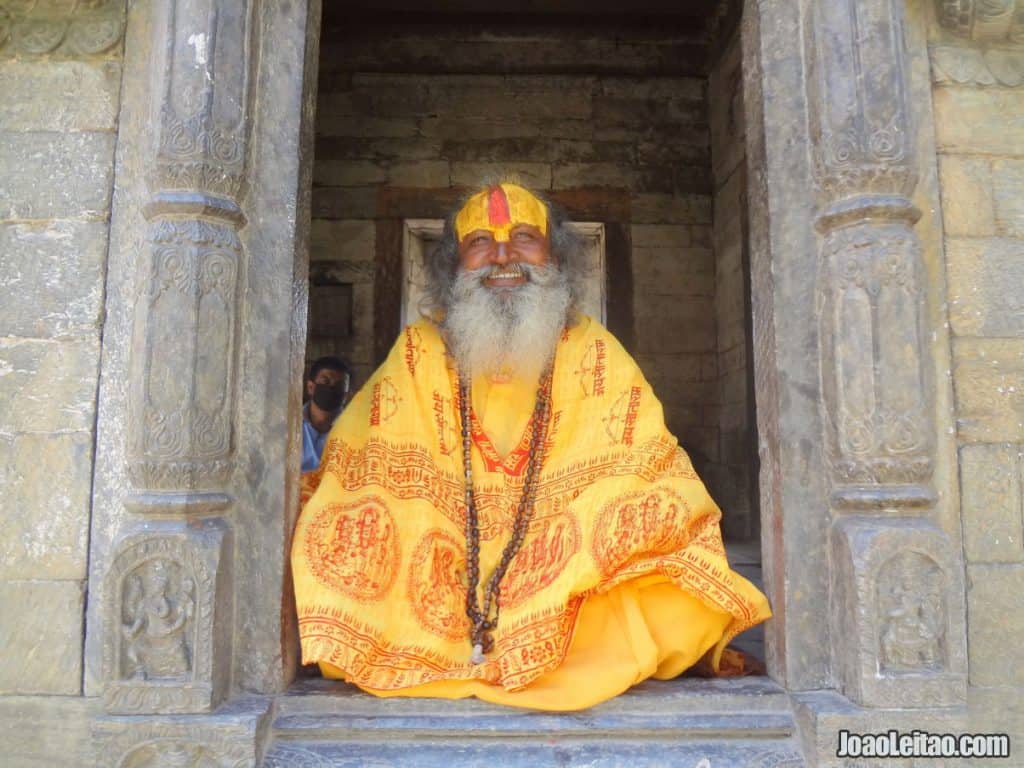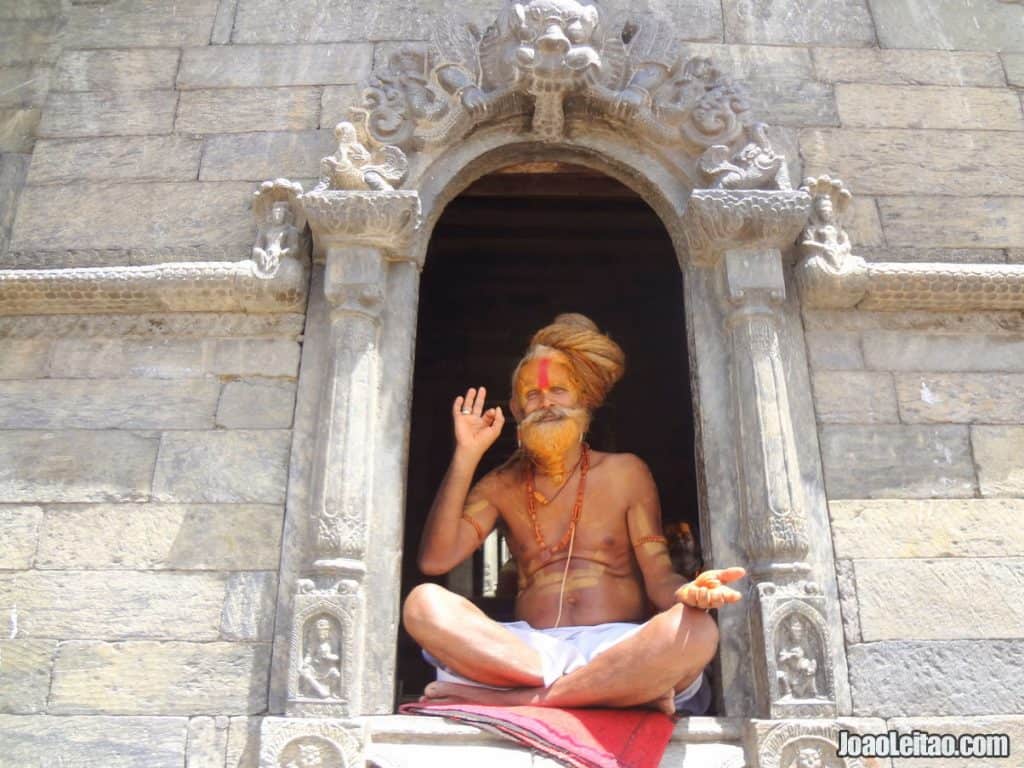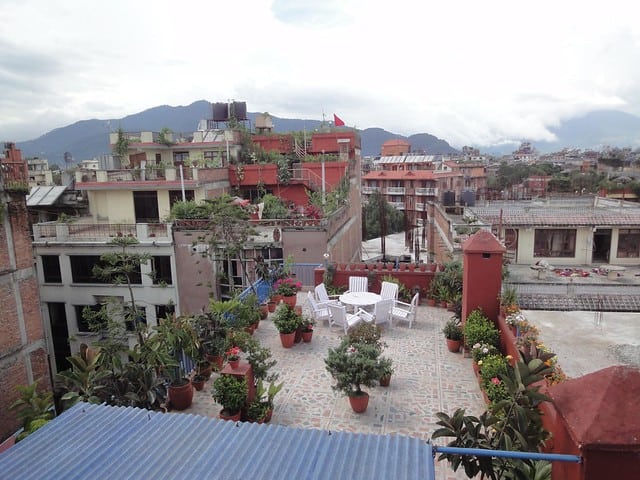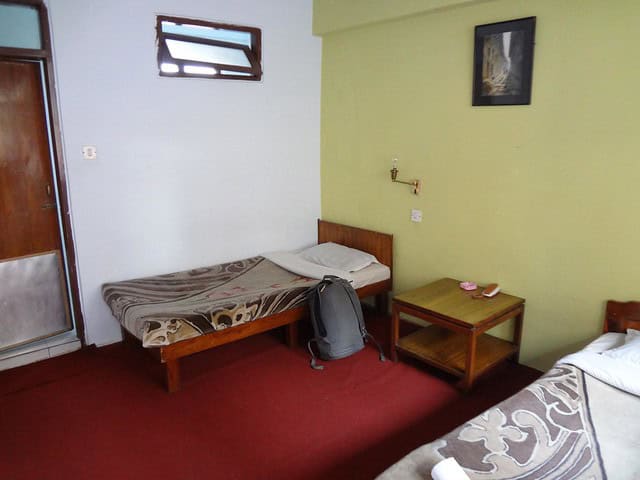Table of Contents
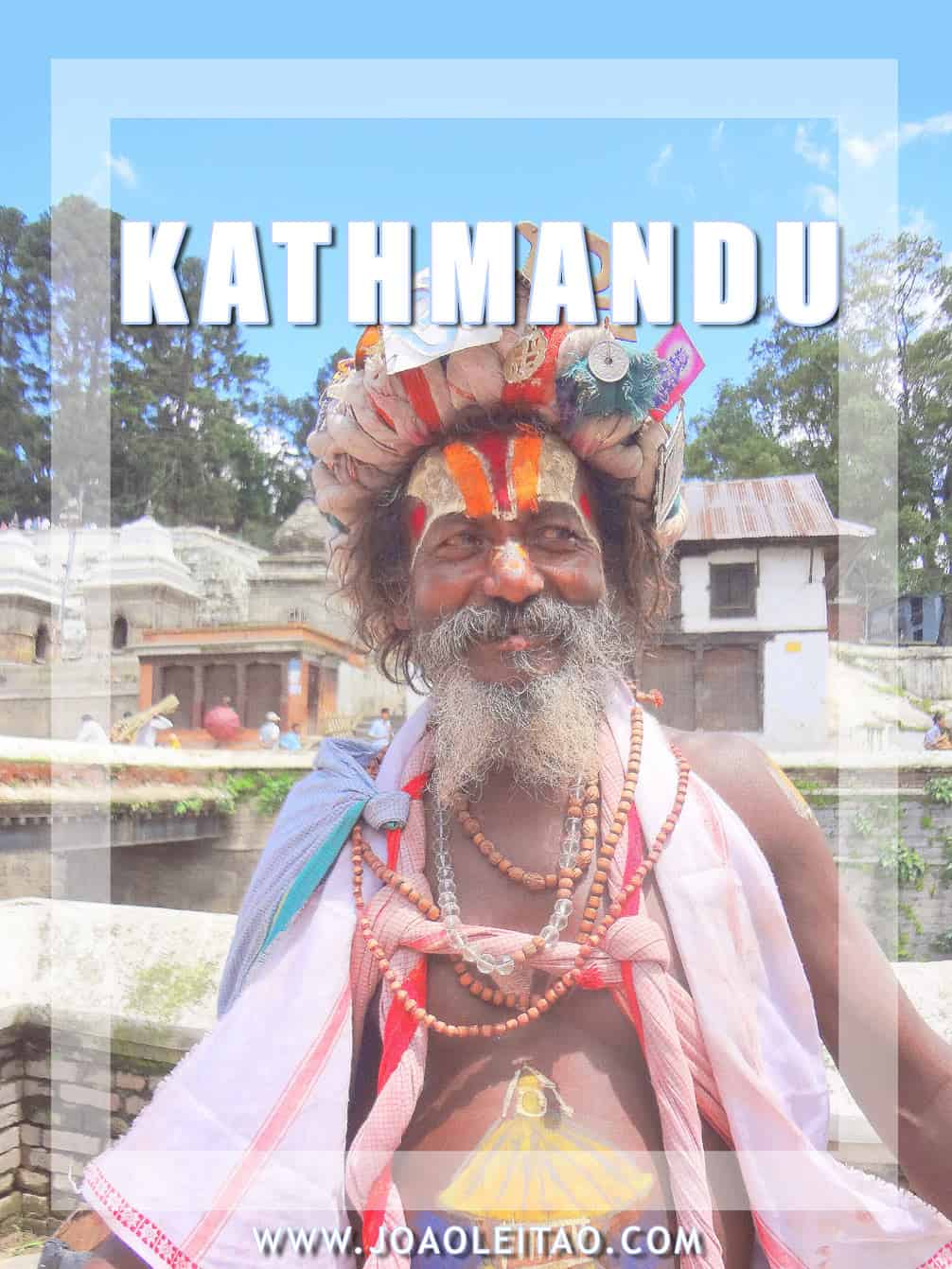
Kathmandu is the capital of Nepal, a city that was relevant to the generation who came of age between the mid-1980s and the early-1990s, influenced by the travel writings of those who came here at the beginning of the hippie movement. But today Kathmandu is a different place, for most travelers, the gateway into the country, a fascinating city with a lot of things to see that you’ll explore before going to the mountains or traveling to your next destination.
Kathmandu has 1.5 million people and a long history behind it. No one knows precisely when the city was founded, but there are archaeological traces that reveal human occupation in the 2nd century. Since then, the city has dominated the Kathmandu Valley, a UNESCO World Heritage Site, as the capital for several dynasties and a part of the Nepali mythology.
Despite the damages of the devastating earthquake in 2015, its historic center is stunning. It’s a mystical city that impresses most of the westerner travelers. Kathmandu is the base to explore the rest of Nepal, where ancient temples stand out in the middle of the busy city, with all the amenities a traveler could wish for.
Quick travel tips to visit Kathmandu:
- Wake up early and be the first at monuments, museums, or other points of interest;
- If you only have time to visit one temple, make it the Pashupatinath Temple;
- Patan is another city but very close to Kathmandu. Don’t skip visiting it;
- The Monkey Temple (Swayambhunath) is a must-see;
- The people of Kathmandu are very friendly. In fact, Nepali people, in general, are always smiling and welcoming. Don’t be afraid to smile back.
Kathmandu Top 5
Durbar Square
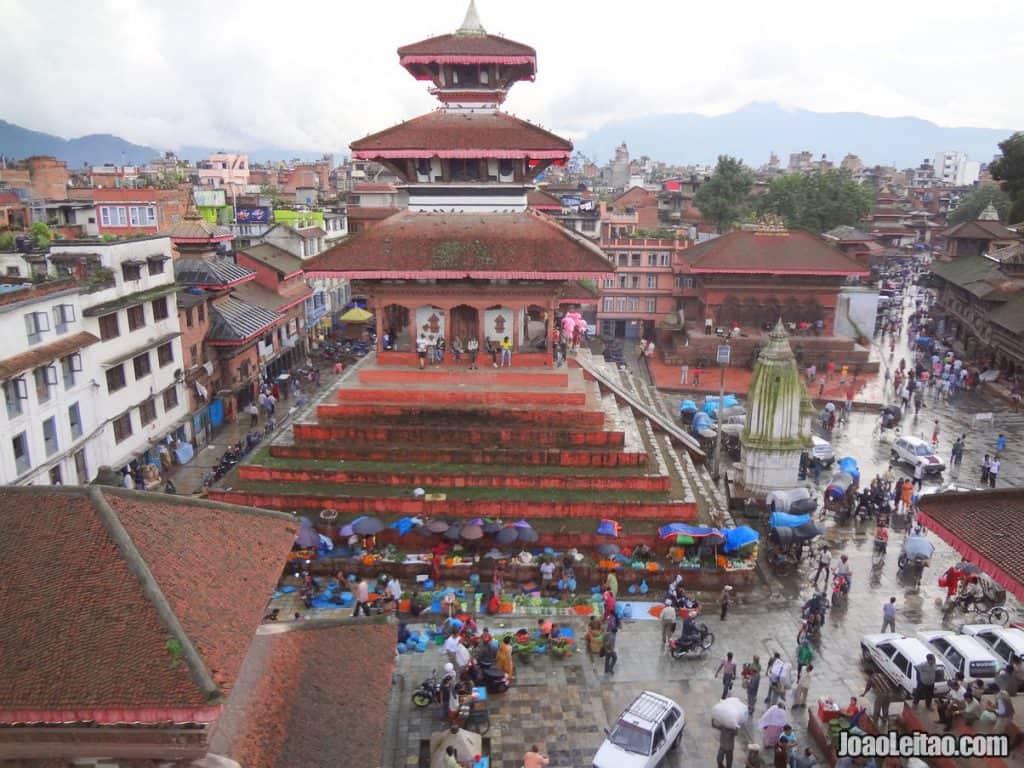
The Monkey Temple
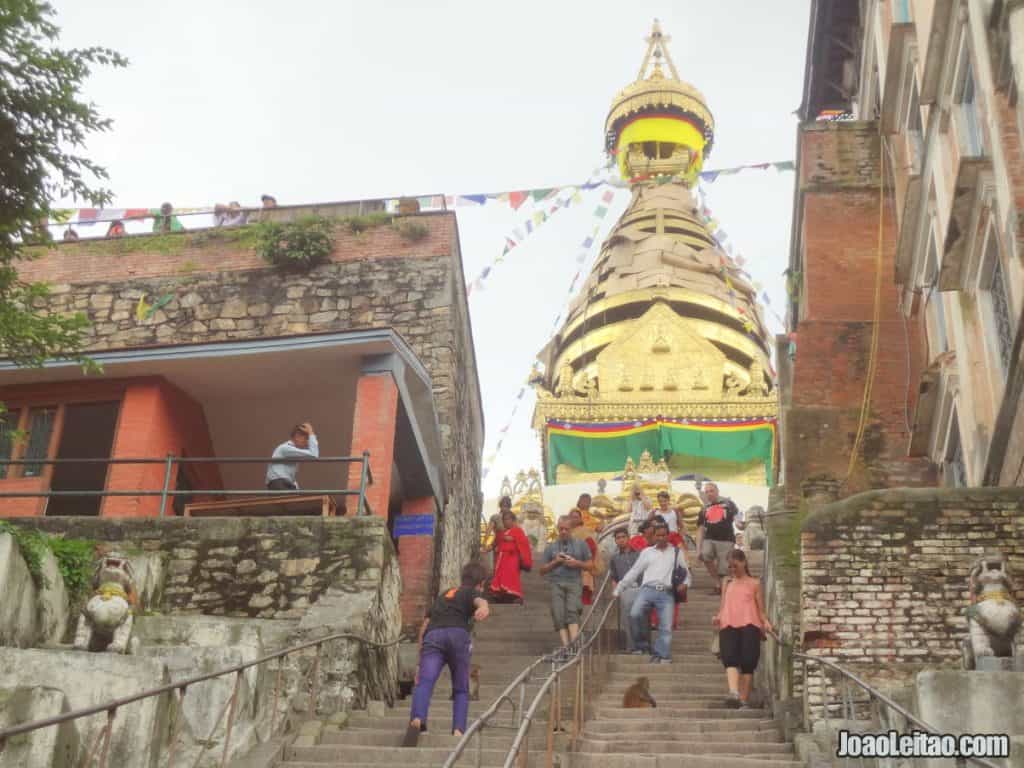
Budhanilkantha Temple
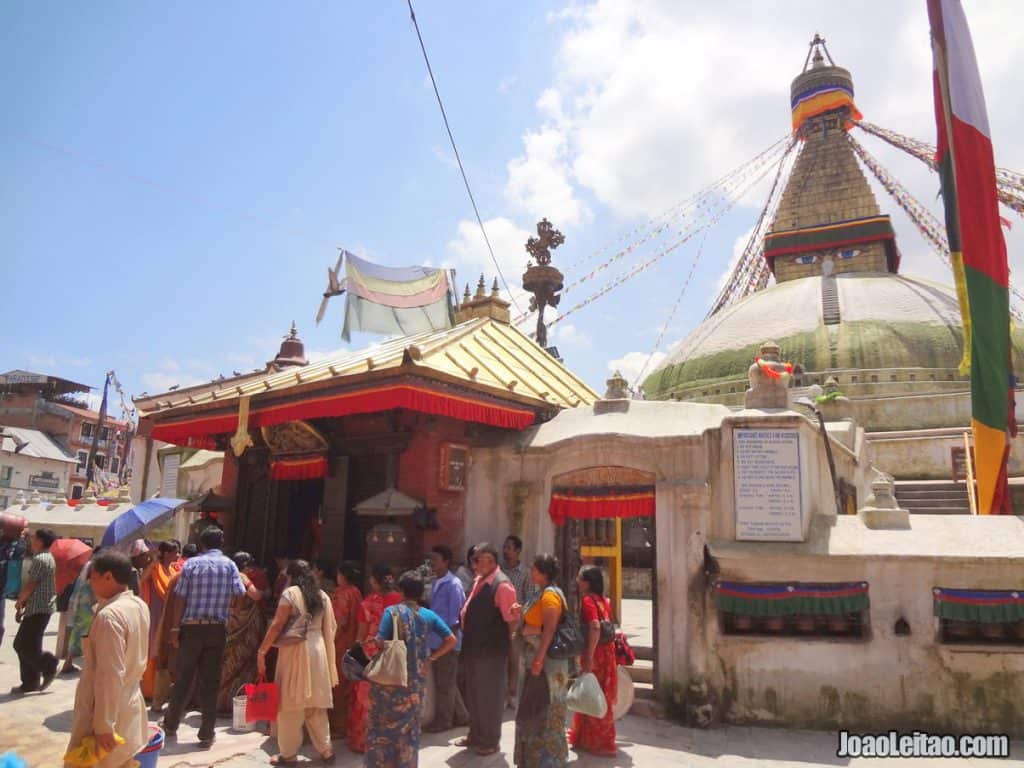
Pashupatinath Temple
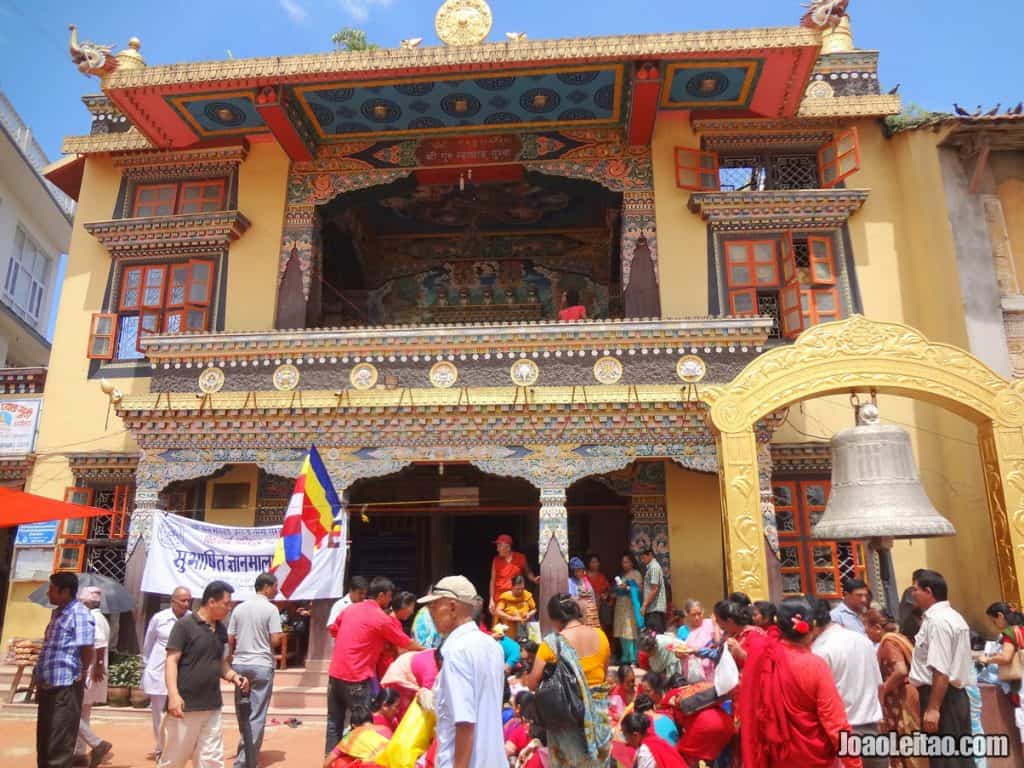
Indra Chowk Square
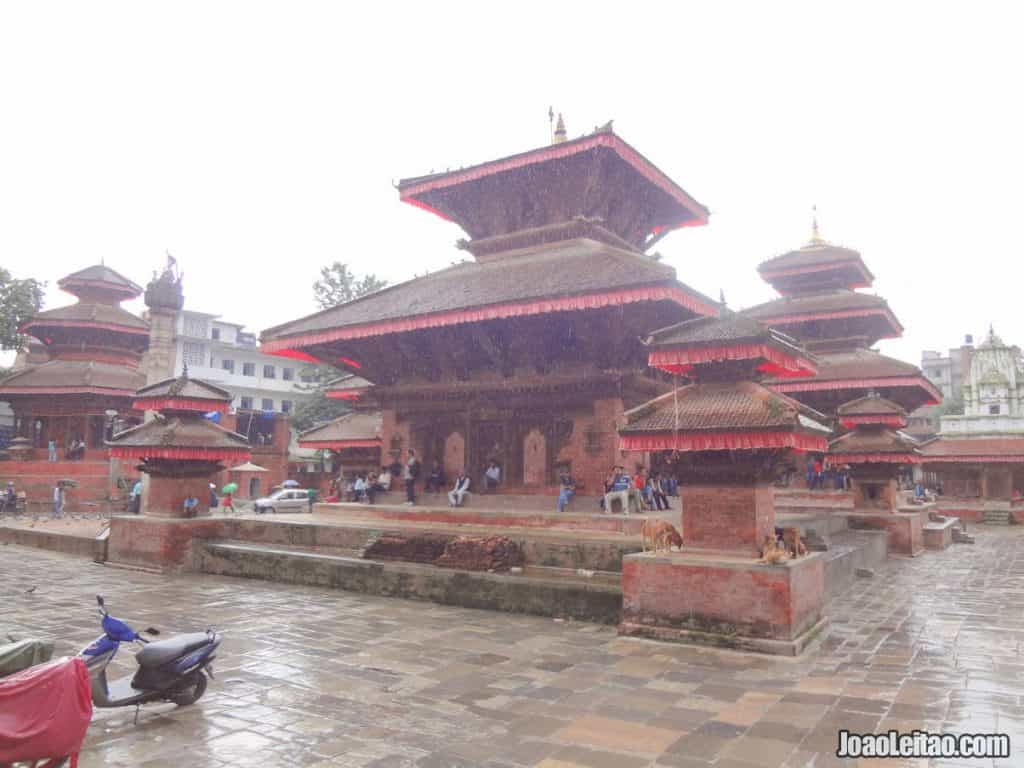
What to visit in Kathmandu
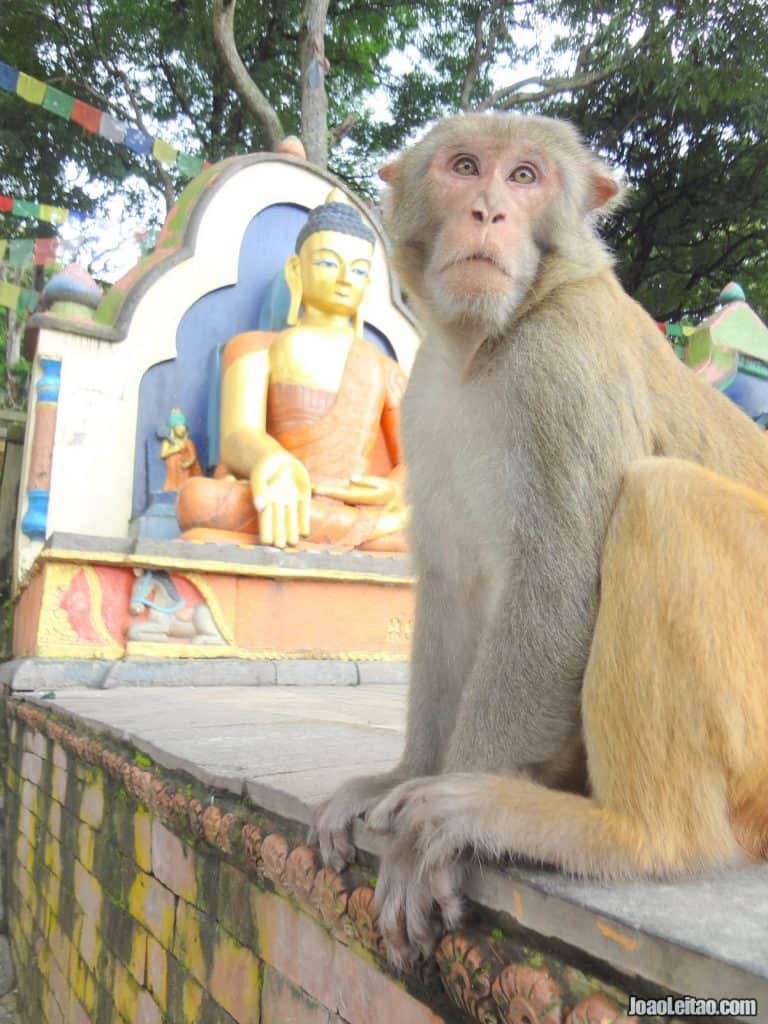
Most famous sites
- Durbar Square
- Garden of Dreams
- Indra Chowk Square
- Monkey Temple
- Freak Street
- Budhanilkantha Temple
- Narayanhiti Palace Museum
- Thamel Neighborhood
- Pashupatinath Temple
- Hanuman Dhoka Palace
- Patan
- Keshar Library
- Siddhartha Art Gallery
- Asan Market
Map of Attractions
Tours in Kathmandu
Kathmandu City Guide
Durbar Square

If you have to choose only one thing to see in Kathmandu, Durbar Square, which is actually three squares in one, is probably the best option. The name means Square of Palaces and there are three of them at the Kathmandu Valley. The one at the Nepali capital can be considered its historic center. There you can see the temples built by the four kingdoms that shaped local History: Kantipur, Lalitpur, Bhaktapur, and Kirtipur. Although there are older buildings in the area, most of them date back to the 17th and 18th centuries.
The palace complex Hanuman Dhoka was built in this square, the seat of Nepal’s political power and the official residence of the king until the 19th century. The location had been chosen in the 3rd century by the Lichhavi Dynasty. The most important official ceremonies take place here, including the monarch’s coronation.
It’s a place full of History but keep in mind that a lot of what you see there now are the result of reconstructions and restorations, essential to preserve the architectural heritage that has endured the devastating earthquakes that have continuously destroyed in Kathmandu.
Garden of Dreams
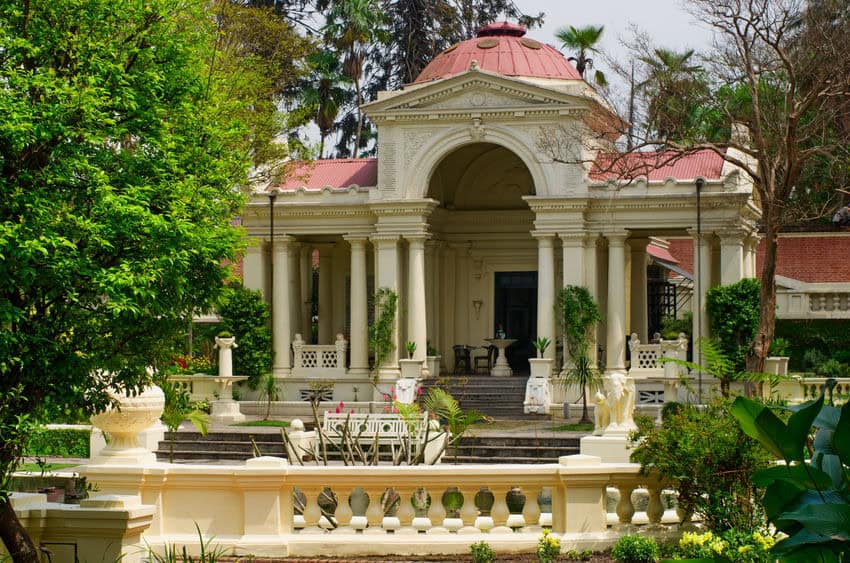
The locals call it Swapna Bagaicha and it’s a haven of tranquility in the middle of the busy city. The garden is not very big and it’s near the Thamel neighborhood, where most of the travelers stay.
It was built in the 1920s by order of Field Marshall Kaiser Shamser, whose palace was in the area. He was inspired by the English gardens he had visited and designed a garden with 1.6 hectares and six pavilions. Only one-third of the original space and half of the pavilions made it to the present time.
Over time, the complex deteriorated, but it was restored at the beginning of the 21st century by the Austrians who designed the Patan Museum.
It’s a place to be laidback, spend time wandering, and pay attention to the many charming details that make the Garden of Dreams.
Indra Chowk Square
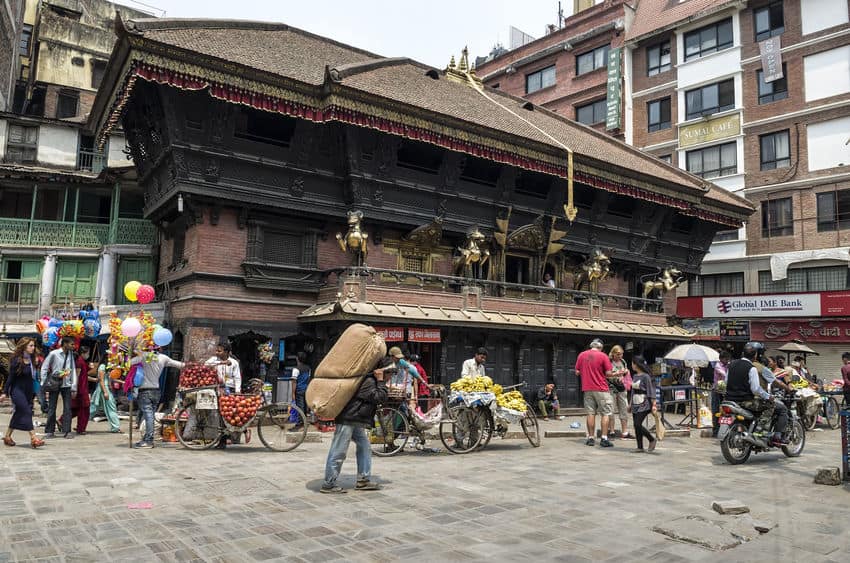
This square is named after the deity Indra and it’s the perfect place for people watching and feel the pulse of Kathmandu’s daily life. Here you’ll see three temples, of Shiva, of Mahadev, where the vendors of blankets gather, and of Akash Bairab.
The latter temple is also known as Sky Temple and it’s easily identifiable by the bronze lions that guard it. Keep in mind that only Hindus are allowed inside this temple.
To the east of the square, sprawling over the many alleyways around it, you’ll find a peculiar and very colorful market called Raki Bazar. The name of the market originates in the belief that many of the merchants who work there now came from the area that’s now known as Iraq in the Middle Ages.
Freak Street
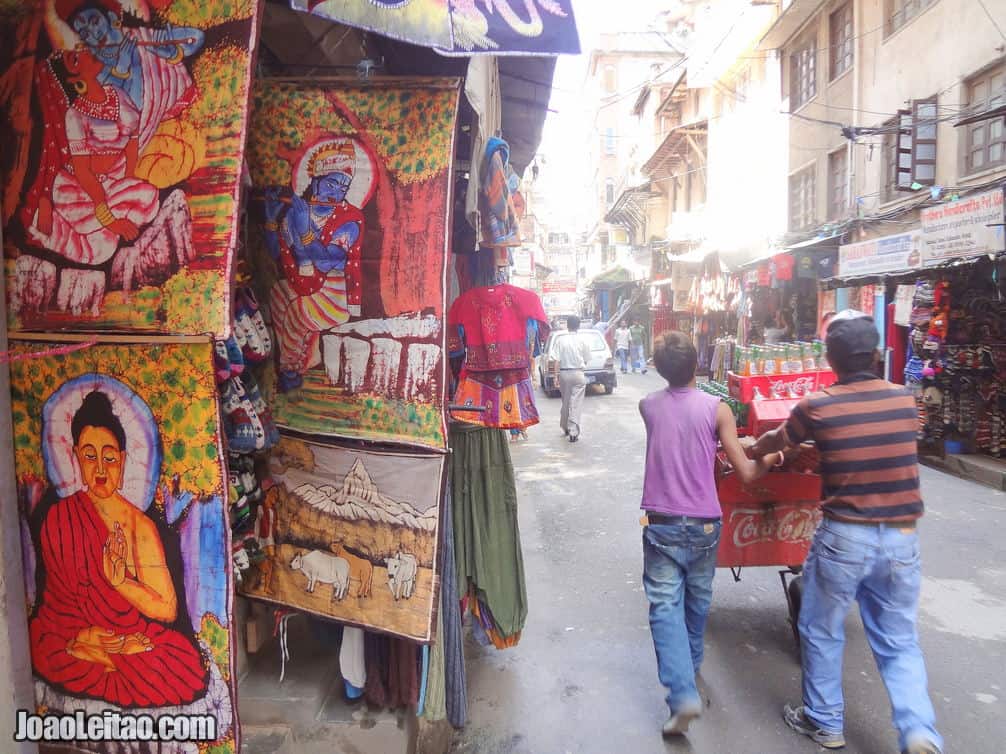
The History of Freak Street mixes with Kathmandu’s of the 1960s and the 1970s, the city of the hippies, the utopia that became a nightmare for some of the people. This was the street where state-owned shops legally sold hashish and marijuana, and there were buses traveling from the airport and the border control posts of Nepal straight to Freak Street.
All this nonstop party atmosphere ended when the USA pressured the Nepali government, which also launched a campaign to put an end to the hippies in Nepal. Part of them were deported to India as selling narcotics became illegal.
Nowadays, nothing remains of those “different” years. Freak Street, officially called Jhhonchen Tole and that people now call “Old Freak Street,” is lined by cheap guesthouses, mountaineering agencies, restaurants, and souvenir shops. But tourists who travel to Kathmandu now prefer other parts of the city, especially Thamel.
If you visit this area, look for the Eden Hotel. It played an important role in Freak Street’s history; it was the first drug store to open and the last to close. It was then known as Eden Hashish House.
Thamel Neighborhood
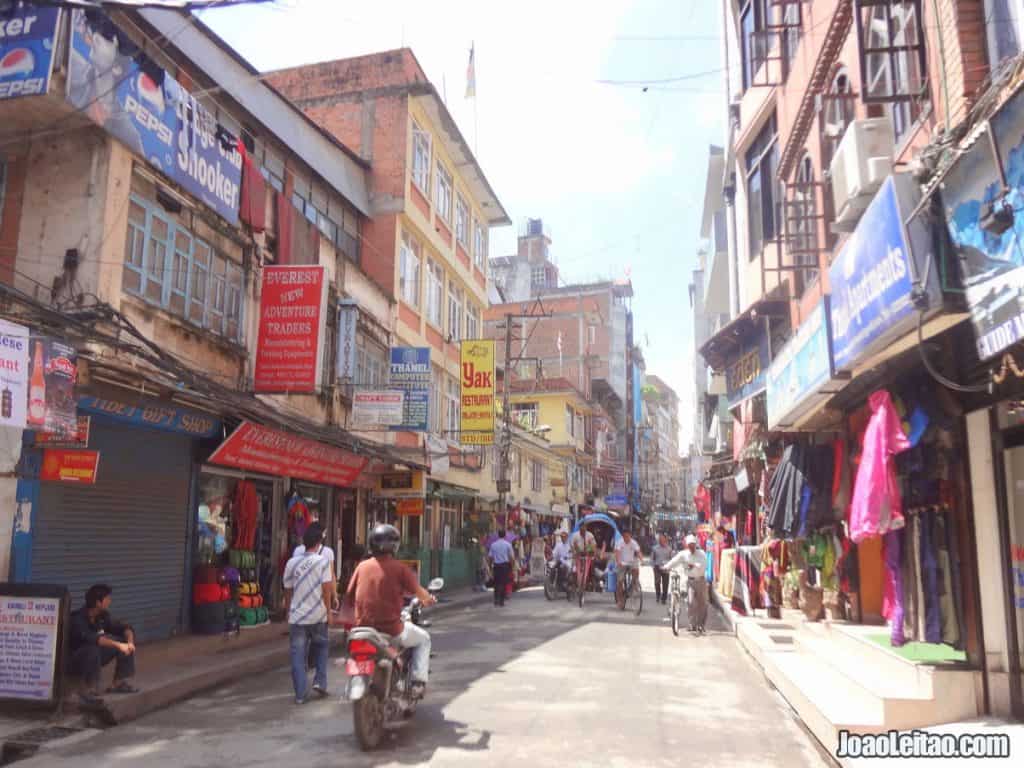
Most hotels that cater to foreign tourists are located in this area, a neighborhood full of life and color, with many shops, and seen as Nepal’s business center.
It replaced Freak Street at the end of the 1970s as the main hub for westerner travelers and ex-pats, stepping away from its historical roots. In the Middle Ages, there was a center of Buddhist education on the site.
At the beginning of the 21st century, it wasn’t a reputable area, with high crime rates, but its good reputation has now been completely recovered. It’s an excellent base for travelers with shops selling trekking equipment, street food stalls, affordable accommodations, bookstores, laundries, and even a free WiFi network that covers the whole neighborhood.
Hanuman Dhoka Palace
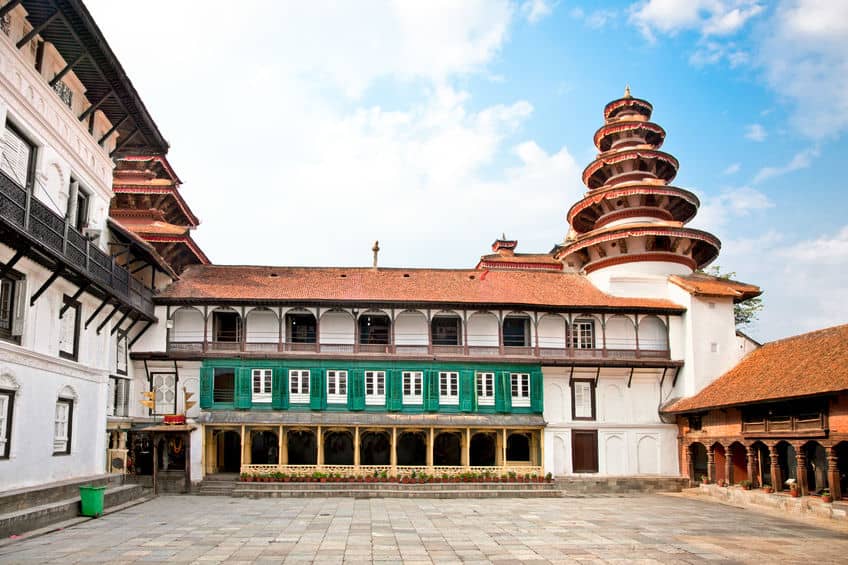
It was built during the Lichhavi period, that lasted from the 4th to the 8th centuries, but most of the structures were built in the 17th century when King Pratap Malla invested in growing it.
The complex includes a museum with artifacts that belonged to different Nepali monarchs and sections that focus on other topics of National History, such as the abolishment of slavery.
Unfortunately, this palace was severely damaged in 2015 when an earthquake devastated the country. The reconstruction began immediately, but the original charm might have been lost forever.
Patan
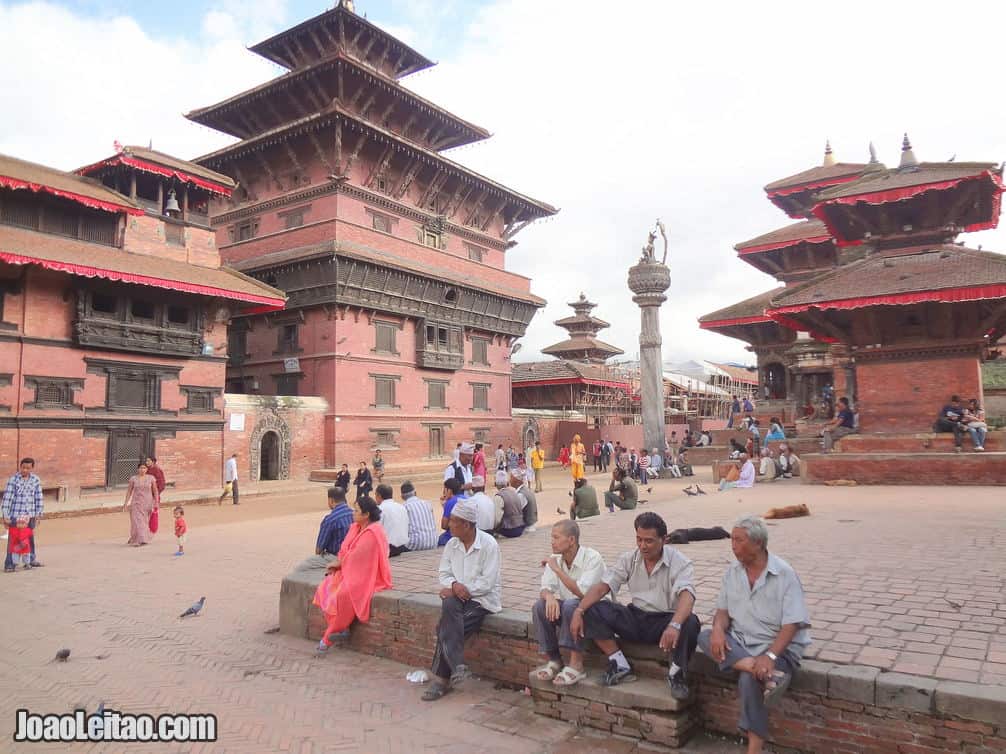
Patan is about 5km south of Kathmandu, appropriately known as The City of Beauty. By the way, Patan is also known by another name, Yala. It’s the oldest city in Kathmandu Valley and was once an Independent State. It has an excellent group of temples, palaces, and different monuments.
Its Durbar Square is magnificent and you must also visit the Royal Palace, the temples Golden, Kumbeshwar, Rato Machhendranath, Mahabouddha, Minnath, Vishwanath, Bhimsen, and Krishna Mandir, the squares Sundari and Mul Chowk, the Buddhist monastery Uku Bahal, the Tibetan Temple, the statue of King Yoganarendra Malla, and the Patan Museum. And this list is far from complete considering how vast and rich the heritage in Patan is. There are more Hindu and Buddhist temples, small museums, ghats, historical squares, stupas, and even a zoo!
Not as charming as the sites mentioned above but historically interesting, Patan has an industrial area that dates back to the early 20th century and marks the beginning of mass production in the country. Don’t skip the Mangal Bazaar, the city’s cultural center.
Keshar Library
This Keshar Library dates back to the early 20th century when Kaiser Shumsher visited England with his father. He was particularly impressed by the libraries he saw. When he returned to his country, he decided to create a library inspired by the British design, at the time only accessible to members of the royal family, Nepali academics, and foreigners. Only in 1968, when the library was donated to the Nation, were the books available to the public.
Currently, the library has about 60,000 books, but the visitor can also see a series of pieces collected by Kaiser Shumsher and scattered around the place, in a sort of informal museum.
The main reading room is particularly interesting, with an atmosphere that reminds us of a distant past of exploring an unknown world and of mysterious archaeological investigations.
Unfortunately, the library building was severely damaged by the earthquake in 2015 and three years later the rebuilding was still going on.
Siddhartha Art Gallery
This art gallery is a refreshing alternative after a day visiting temples. It’s a little far from Kathmandu’s historic center, part of the Baber Mahal Revisited, a Neo-Classical shopping mall that was initially built in 1919 and is now one of the fanciest sites in the Nepali capital.
The Siddhartha Art Gallery is the best place in the city dedicated to art, created in 1987 by Sangeeta Thapa and Shashikala Tiwari. Since then, over 300 exhibitions have taken place, especially with works by contemporary national artists, but including the works of some foreigners too.
The gallery is focused on social topics, and that comes through not only in specific activities like supporting community-based art projects, but in the art collections they showcase, such as the Sequential Dissonance that showed a series of pieces depicting Kathmandu’s urban chaos.
Asan Market
The Asan Market is at a square where six streets converge. The whole place is a vibrant commercial area where vendors maintain the centuries-old tradition of selling a little bit of everything from spices to traditional wedding accessories, vegetables, dried fish, and… yak tails.
The market is open from dusk to dawn and in addition to visiting it, you can explore the surrounding neighborhood full of small temples, shrines, and tiny details.
Fun fact: it’s said that Cat Stevens wrote his song “Kathmandu” while sitting at a tea house at the Asan Market.
Narayanhiti Palace Museum
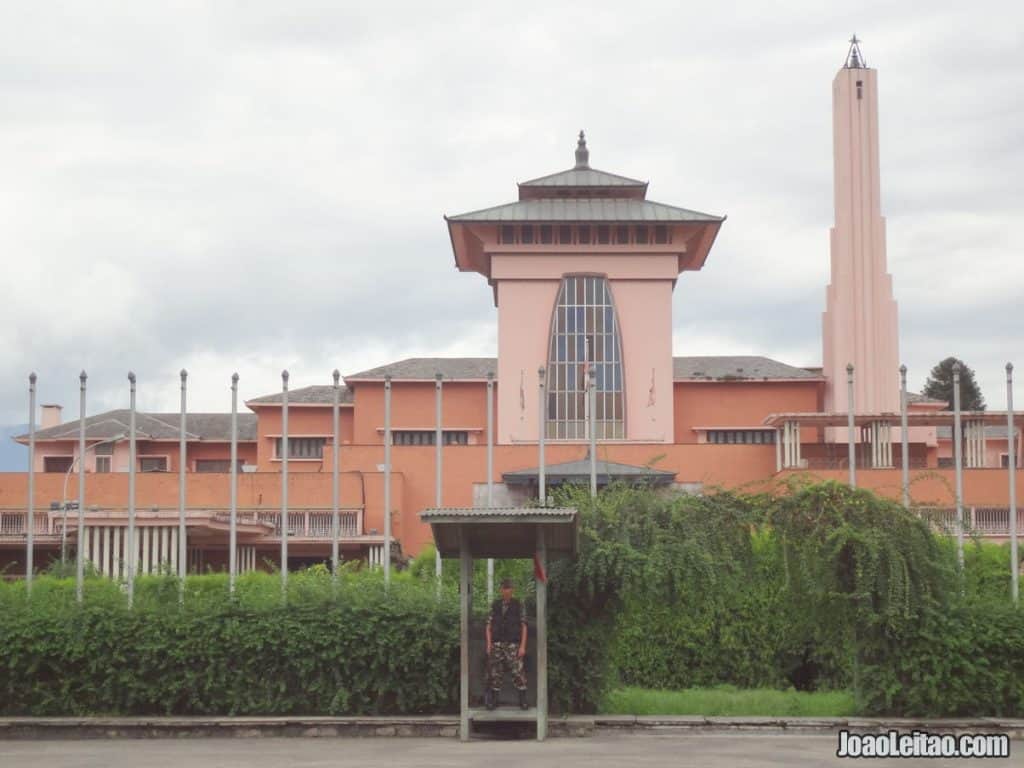
The Narayanhiti Palace was the headquarters of the Nepali monarchy and the current building was designed by architect Benjamin Polk and built in 1963.
This was the site where, in 2001, the then King Birendra, his Queen, and his closest family members were massacred under conditions that have yet to be clarified. In 2008, after the establishment of a Republic in the country, the king was forced to leave the complex, which was turned into a museum.
The interior provides travelers with a journey to Nepal’s recent past and the last days of the monarchy. You can see the throne, the banquet halls, and the royal family’s chambers.
The museum is open every day except Tuesdays and Wednesdays, and an admission ticket for foreigners costs 500 Rs. Please note you can’t get in with a camera.
In 2015, just like the rest of the city, the palace was affected by the earthquake that shook the capital of Nepal, but only the gates and the walls were damaged.
Temples in Kathmandu
Monkey Temple

Also known as Swaymbhunath, the Monkey Temple is at the top of a hill, west of the city center. The location is perfect for fantastic views over the whole Kathmandu Valley.
The complex of Swaymbhunath, which includes a stupa and several temples and shrines, is one of the oldest and most sacred religious sites in Nepal, with some of its elements dating back to the 3rd century. There you’ll also see a Tibetan monastery, a museum, a library, shops, restaurants, and even hostels.
There are two ways to reach Swaymbhunath. If you’re walking, you can go up the long staircase up to the hill, almost in a straight line. If you’re driving, you have to follow the road around the hill to the top.
Budhanilkantha Temple

Despite the name, this is not a temple in honor of Buddha. In fact, Budhanilkantha means Old Blue Throat and it’s a place worshiped both by Buddhists and Hindus, and seen as a symbol of the religious harmony in Nepal.
The main attraction in Budhanilkantha is the statue in the water tank. It represents God Vishnu and the statue is known as “sleeping Vishnu.” The sculpture was carved in one solid block of basalt stone, has a total of 5 meters in length, and depicts Vishnu laying on a bed made with the coils of serpent Shesha, the eternal queen of all snakes.
Fun fact: a Nepali legend that supposedly dates back to the 17th century and is based on a vision King Pratap Malla had, claims that any monarch in Nepal who visits Budhanilkantha will die. Since then, not one Nepali King has stepped foot at the temple.
Pashupatinath Temple

This religious complex, the largest in Nepal and the oldest in Kathmandu, is in the outskirts of Kathmandu about 5 km northwest of the city, by the shore of the sacred Bagmati River.
The temple is one of the eight sites listed as Kathmandu Valley, a UNESCO World Heritage Site, and it’s the house of Nepal’s official deity, Pashupatinath.
Its history dates back to before the 5th century, when the first temple was built there in stone, by King Shupuspa of the Lichhavi Dynasty, to replace a former wooden building that had been consumed by termites.
The main building has the distinctive style of the Nepali pagodas, with cubic units, a support structure made of carved wood, and copper roofs on both floors covered in gold. One of the top features is the golden pinnacle.
Fortunately, the beautiful complex of Pashupatinath survived the devastation caused by the 2015 earthquake unharmed.
Festivals and National Holidays
- 11 January – Prithvi Jayanti
- 18 February – Martyrs’ Day
- 4 March – Maha Shivaratri
- 8 March – International Women’s Day
- 20 March – Fagu Purnima (Holi)
- 29 March – End of the school year
- 14 April – Nepali New Year
- 20 April – Buddha Jayanti (Birthday of Gautama Buddha)
- 1 May – International Labor Day
- 19 September – Sambidhaan Diwas (Day of the Constitution)
- 7 November – Laxmi Puja (worshiping of cows in the morning and Goddess Laxmi in the afternoon)
- 8 November – New Year on the Nepal Sambat calendar
- 9 November – Bhaitika
- 28 December – King’s Birthday
Accommodation
Khangsar Guest House
Khangsar Guest House is a family-run hotel, in the center of Kathmandu in Chhetrapati next to Thamel, a tourist destination in Kathmandu and the most famous neighborhood in the city.
I stayed several times at this hotel in Kathmandu because I was in and out of the city many times in the month I traveled in Nepal.
The location of this hotel in Kathmandu is strategic and convenient to get around, explore the city, and visit the old temples of Kathmandu.
This guesthouse was established by Mr. Rajendra, a lovely man who helped me in many different ways. He also owns a travel agency and I booked with him my amazing 9-day trip through Tibet, from Kathmandu to Lhasa.
Khangsar Guest House has a great rooftop where you can spend time reading in peace. The reception area has a WiFi connection and the dining room is good and affordable. It’s free for hotel guests.
Rates for this hotel in Kathmandu:
- Single room: – 12 dollars
- Double: – 16 dollars
- Triple: – 20 dollars
NOTE: Breakfast included. Free airport shuttle service for guests staying for more than two nights.

